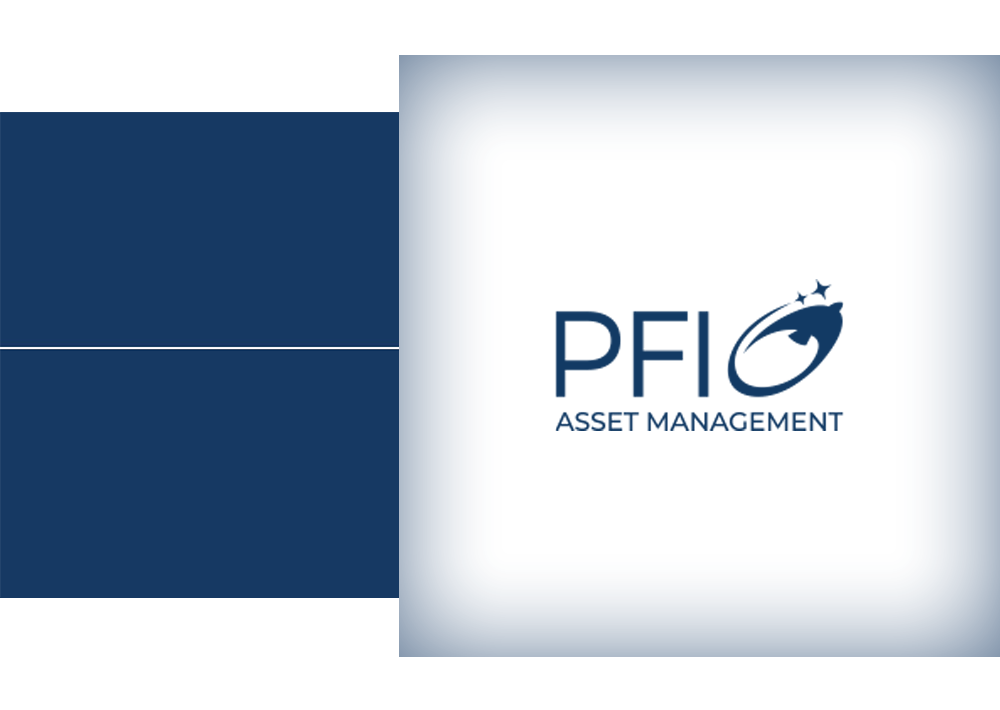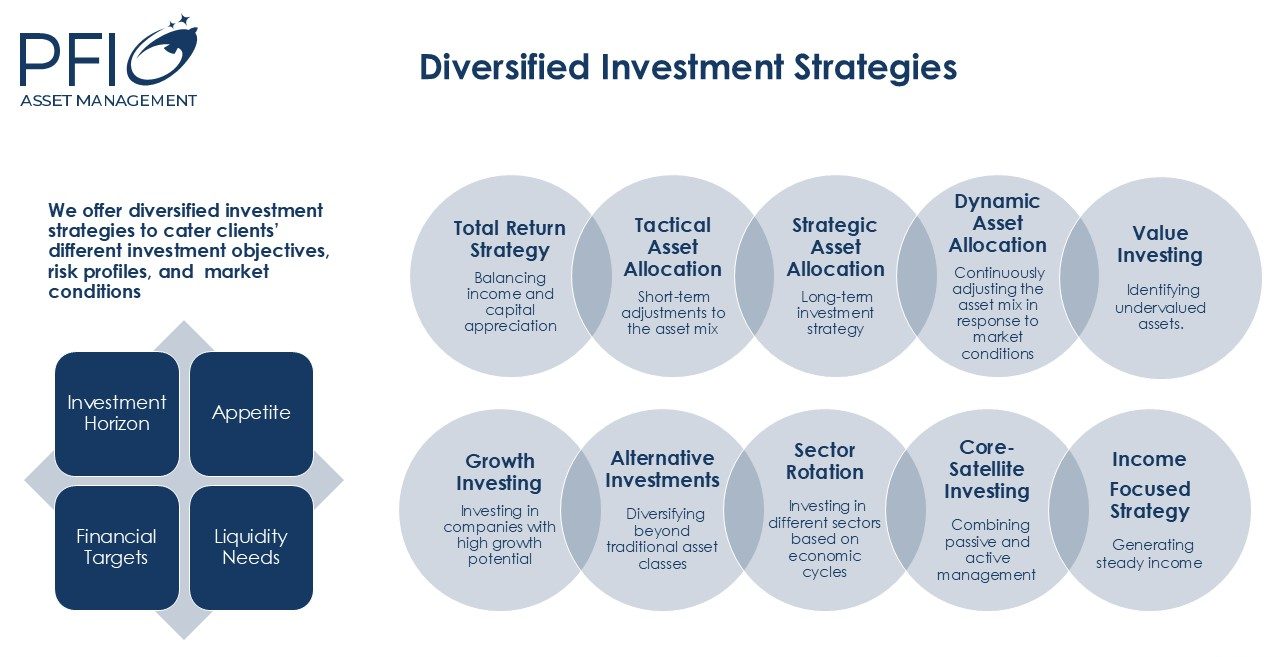Our strategy will be built on the following pillars :
By providing excellent customer service, personalized advice, and transparent communication in parallel to retaining existing clients
Develop innovative investment products that address market gaps or offer unique features
Expand distribution channels to reach a wider audience. This includes partnerships with financial investors and developing digital platforms and digital onboarding
PFI Asset Management aims to implement an ambitious growth strategy that ultimately results in sustainability & financial inclusion in line with Egypt’s vision 2030 through implementing a fully fledged Investment platform run by an experienced team of investment professionals that provide the most innovative products and unique services.


Investment Approach
The team adopts the necessary tools to value and analyze the potential investment idea either through Top –Down Approach or Bottom up Approach
Fundamental Analysis : Financial statements - Valuation Metrics(Multiples)-Growth Potential
Quantitative Analysis: Financial Models, Risk Assessment
Qualitative Analysis Management team, Competitive Position, Regulatory environment
Portfolios are built and actively managed to maximize value. Stock weightings are predominantly determined based on the quality of the investment idea, upside potential & the team’s conviction
Tracking: Monitor the performance against benchmarks objectives
Attribution Analysis Determine the source of Performance
Defining the goals of the fixed income portfolio with our client;
(income generation, capital preservation, total return), in parallel Identify any constraints, such as risk tolerance, investment horizon, liquidity needs, regulatory requirements, and specific client mandates.
Macro Analysis: Evaluate macroeconomic factors, including interest rates, inflation, economic growth, and monetary policy.
Market Conditions: Assess the current market environment, credit spreads, yield curves, and sector trends.
Forecasting: Develop economic forecasts and interest rate outlooks to guide investment decisions.
Fundamental Analysis: Conduct detailed analysis of individual issuers; including financial soundness, credit ratings, and business outlook.
Valuation: Assess the fair value of securities relative to their current market prices to identify attractive investment opportunities.
Relative Valuation: Compare securities within and across sectors to find the best risk-adjusted returns
Diversification: Build a diversified portfolio to spread risk across various issuers, sectors, and maturities.
Liquidity Management: Ensure adequate liquidity to meet withdrawals and take advantage of new opportunities.
Risk Management: Implement risk management techniques, such as credit limits, duration limits, and scenario analysis.
The team adopts the necessary tools to value and analyze the potential investment idea either through Top –Down Approach or Bottom up Approach
Fundamental Analysis : Financial statements - Valuation Metrics(Multiples)-Growth Potential
Quantitative Analysis: Financial Models, Risk Assessment
Qualitative Analysis Management team, Competitive Position, Regulatory environment
Portfolios are built and actively managed to maximize value. Stock weightings are predominantly determined based on the quality of the investment idea, upside potential & the team’s conviction
Tracking: Monitor the performance against benchmarks objectives
Attribution Analysis Determine the source of Performance
Defining the goals of the fixed income portfolio with our client;
(income generation, capital preservation, total return), in parallel Identify any constraints, such as risk tolerance, investment horizon, liquidity needs, regulatory requirements, and specific client mandates.
Macro Analysis: Evaluate macroeconomic factors, including interest rates, inflation, economic growth, and monetary policy.
Market Conditions: Assess the current market environment, credit spreads, yield curves, and sector trends.
Forecasting: Develop economic forecasts and interest rate outlooks to guide investment decisions.
Fundamental Analysis: Conduct detailed analysis of individual issuers; including financial soundness, credit ratings, and business outlook.
Valuation: Assess the fair value of securities relative to their current market prices to identify attractive investment opportunities.
Relative Valuation: Compare securities within and across sectors to find the best risk-adjusted returns
Diversification: Build a diversified portfolio to spread risk across various issuers, sectors, and maturities.
Liquidity Management: Ensure adequate liquidity to meet withdrawals and take advantage of new opportunities.
Risk Management: Implement risk management techniques, such as credit limits, duration limits, and scenario analysis.
